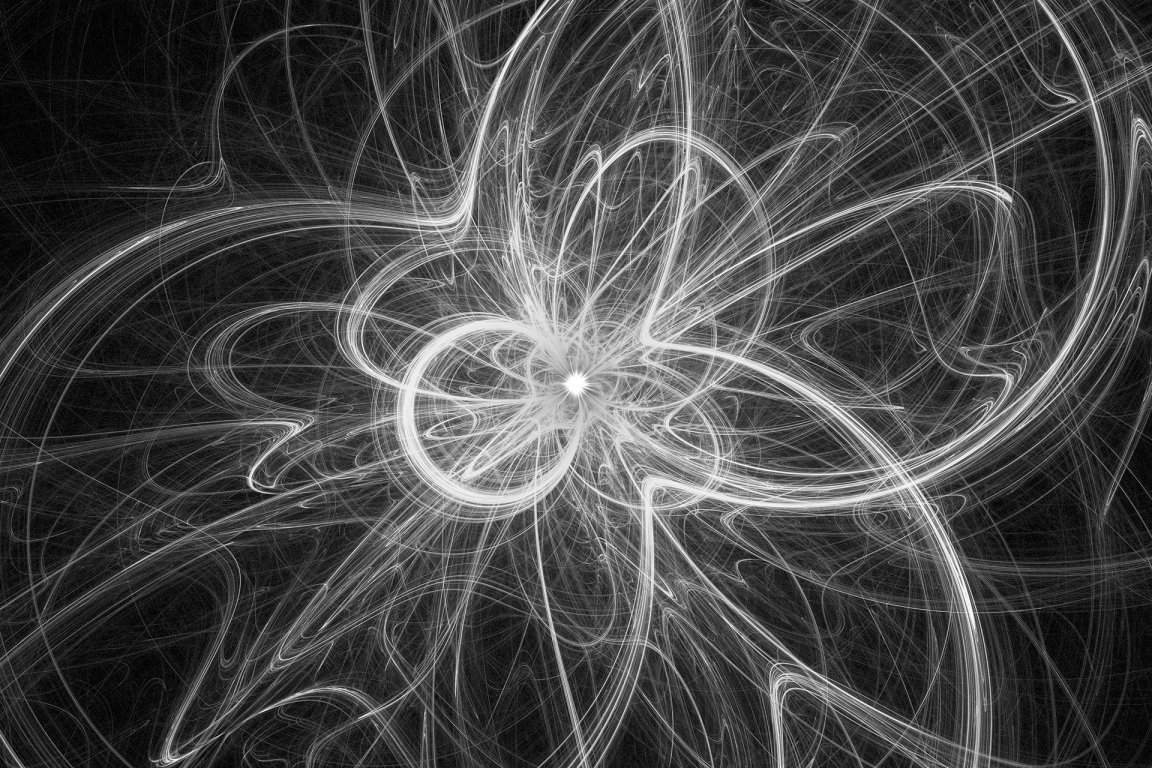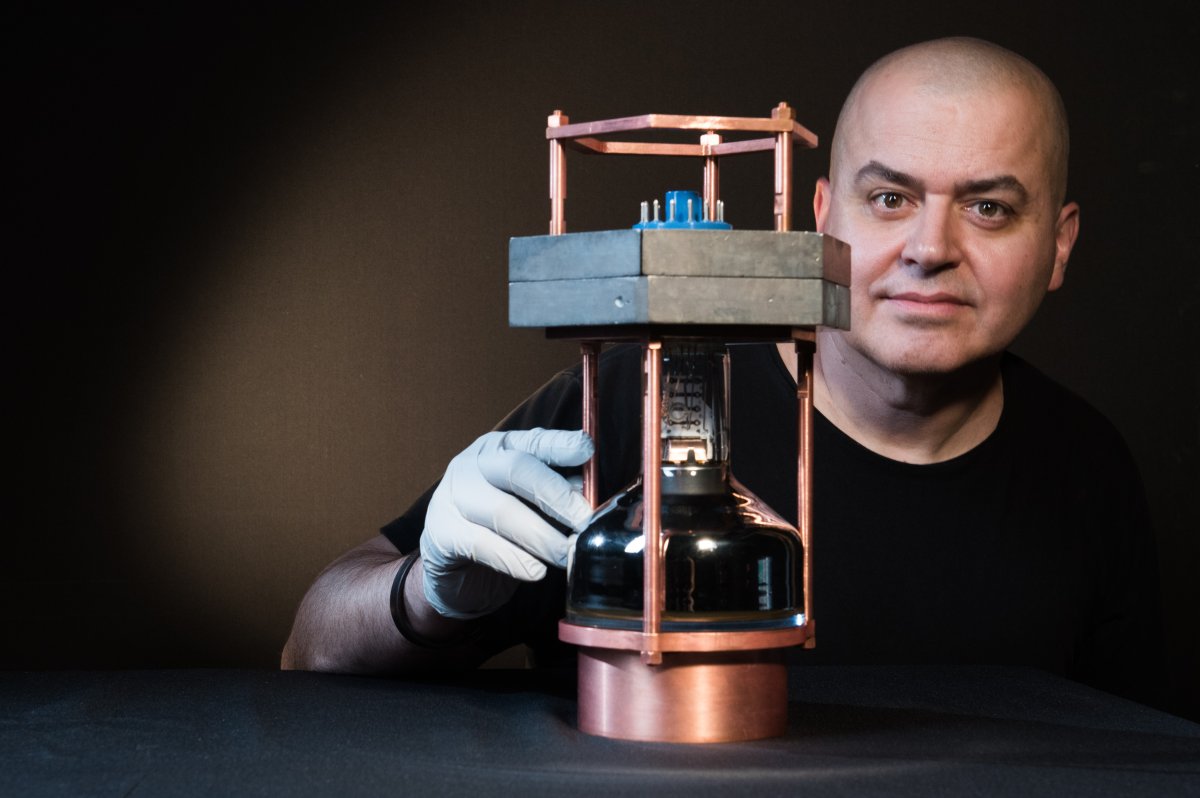
The Wallflower Particle
It sounds like the setup to a nerdy joke: “What did the physicists say when they saw a neutrino bump into a nucleus? Finally!”
In a study, published August 3rd in Science, researchers from the Oak Ridge National Laboratory (ORNL) and UChicago announced that they had observed phenomena that have eluded physicists for decades: elusive neutrino particles bouncing off of a nucleus.
Neutrinos have long been difficult to spot, due to their famously shy nature. Unlike most elemental particles, they rarely interact with other particles. So, when physicist Daniel Freedman proposed in 1974 that they might bump off of atomic nuclei, a phenomenon known as coherent elastic neutrino-nucleus scattering (CEvNS), he wrote that “our suggestion may be an act of hubris” because of how difficult experimental confirmation would be.
“Why did it take 43 years to observe this interaction?” asked Juan Collar, co-author of the Science study and a professor of physics at UChicago, in a press release. “What takes place is very subtle.”
Previous searches for neutrinos have tackled the problem by throwing as many particles at them as possible, using enormous tanks built underground.
In contrast, the ORNL collaboration — known as COHERENT — utilized a new type of detector about the size of a fire extinguisher, which searched specifically for the fingerprint of CEvNS. When a neutrino collides with a nucleus, the nucleus recoils slightly from the impact, and displaces a few electrons from their orbits around the nucleus and its neighboring particles in the process.

Juan Collar, a professor in physics at the University of Chicago, with a prototype of the world’s smallest neutrino detector. Image Credit: Jean Lachat/University of Chicago
Size Matters
To detect that recoil, the COHERENT collaboration sought out the perfect material for neutrinos to interact with. They needed something with a Goldilocks nucleus. The right nucleus would be heavy and neutron dense, presenting a larger target for the neutrino to hit, but it could not be so heavy that the tiny nuclear recoil became impossible to spot. The material also had to be transparent, so that photons produced by the runaway electrons could hit a detector.
That perfect material turned out to be cesium iodide crystal doped with sodium and bombarded with slow-moving neutrinos from ORNL’s Spallation Neutron Source particle collider.
The use of the cesium iodide crystal allowed COHERENT to create a detector only 4 inches by 13 inches in size. This detector itself is the other exciting outcome of the experiment: because of its transportable size, it could allow for neutrino detection in a host of other applications.
Scientists have suggested using the small detector to monitor the neutrino fluctuations of nuclear power plants and detect the neutrinos produced by clandestine nuclear weapon construction. It could also be used to learn more about supernovae, which release massive amounts of energy in the form of neutrinos, and adapted to detect the elusive particles that make up dark matter.
For Freedman, these results also showed that his original theory wasn’t so god-defying after all. “It’s a real thrill that something that I predicted 43 years ago has been realized experimentally,” Freedman told Science.